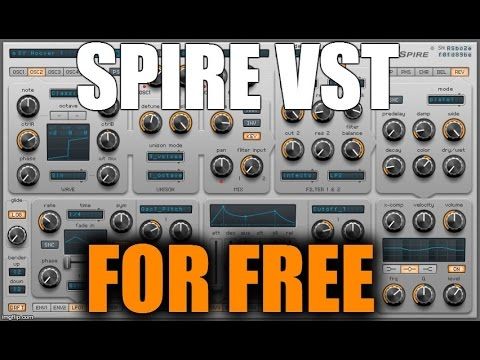

It helps when resampling to tag version numbers onto your new, precious growls e.g. Seamless may make Harmor seem like the "holy grail" of growls, but really, I get dirtier, filthier things from FM8, Trash 2 (long subtle chains) subtle convolution (can be made to "fake" cross-synth shit), modulation of multiple notches in pro-q, resample, apply more convolution, more multi-band distortion, resample, ad infinatum. flowcharts help for anything more than 3 groups This takes time, as you have to define AET morphs tables for each sound that you want to apply an AET filter to, and then apply those filters to each group. This can be done in Kontakt with AET filters - but I've found best results with around six groups of "growls", and each one is modulating another, round-robin group-triggering, and ultimately only imparting specific characteristics onto the main sample. it's the illusion of spectral cross-synthesis, but it's working in the time domain, not the frequency domain, which is what you want.Įssentially, you want to find the highest-resolution way to impart the spectral characteristics of one sound, onto another.
#Harmor vst torrent torrent#
IRCAM has a dope phaser vocoder, but shit like this, will not be available on torrent sites - gotta buy that stuff man. Also look into Phase Vocoding, it's similar. That being said, I've turned to Max 6 lately for spectral cross-synth type shit. I did crack open my copy of Razor and change the partials available per-voice from 300 (or whatever it was) to 1200, and it made quite the difference, though it also made quite the difference on my CPU

I suggest looking into spectral cross-modulation (Kyma TAU morphing, Amon Tobin, etc) if you're really serious about resynthesis. HARDLY decent resynthesis - what Harmor is doing is additive resynthesis, similar to NI's Razor, but with the ability to utilize a shit-ton of partials (harmonics) for the resynthesis process. I've got a "try before you buy" version of Alchemy, it sucks.


 0 kommentar(er)
0 kommentar(er)
